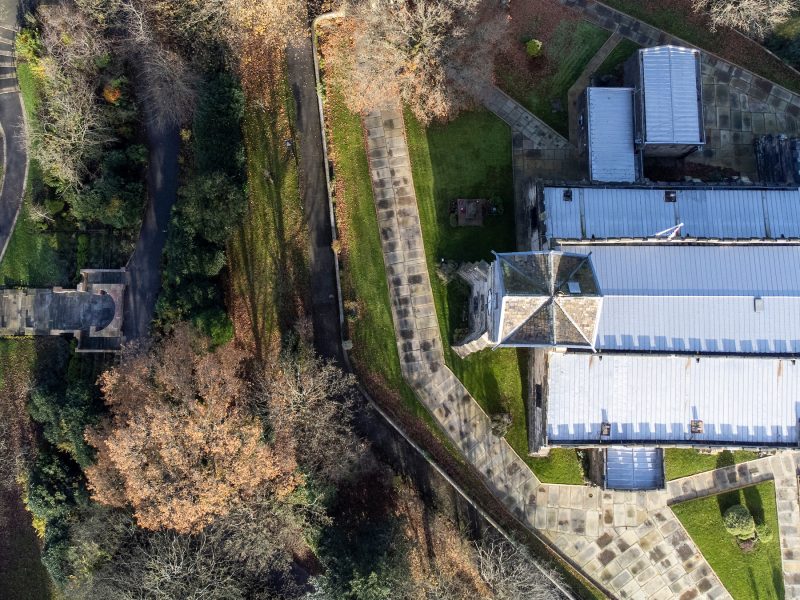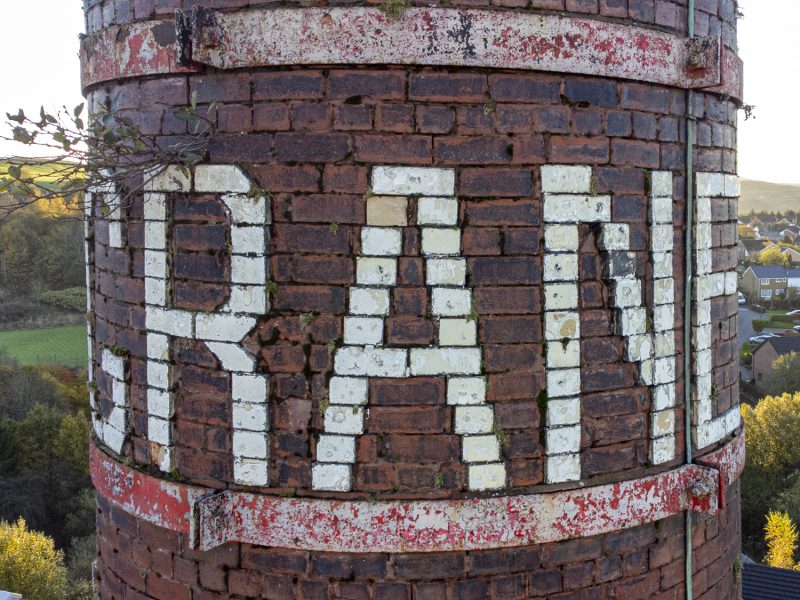I hate to say it, but it actually is. This mill is a rare survival of an era that produced tens of thousands of these steam powered factories and then, just as quickly, demolished them.
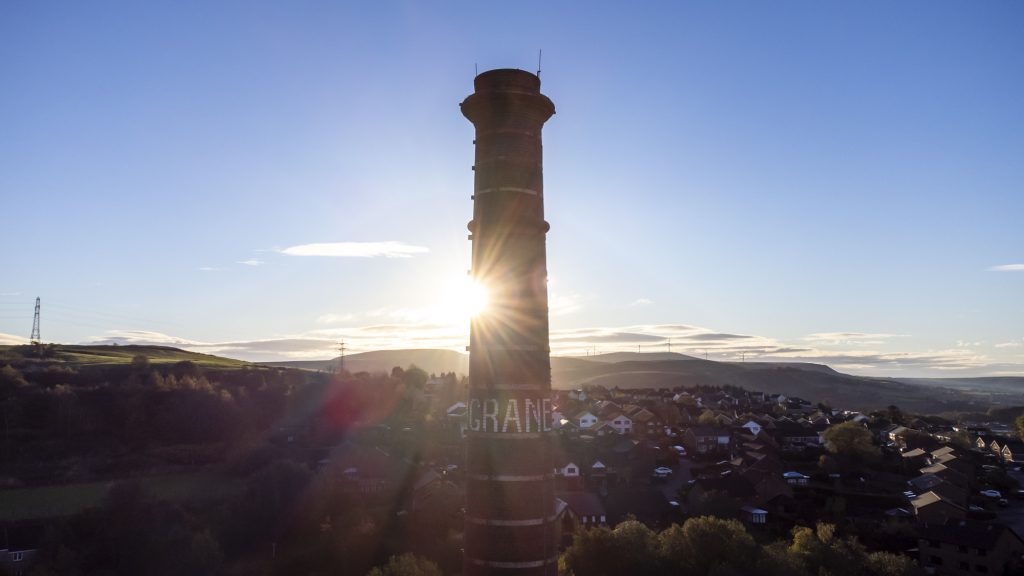
Grane Mill, in Haslingden, Lancashire is cared for jointly by the Heritage Trust for the North West, The Little Gem Trust and The Grane Mill Restoration Group of volunteers. It is a grade II* listed building. This means that it is one of only 6% of listed buildings that have this status. I’m not sure how many early twentieth century mills are part of that 6%, but it can’t be many – thus placing this mill in the rarest of rare buildings in the UK. There are far more grade II* listed medieval churches than there are mills.

Grane Mill is a miracle of survival in that it still holds within its walls the original managerial and process buildings including its Edwardian machinery, Northlight shed, original steam power source comprising boiler house, economiser and steam engine with complete chimney.
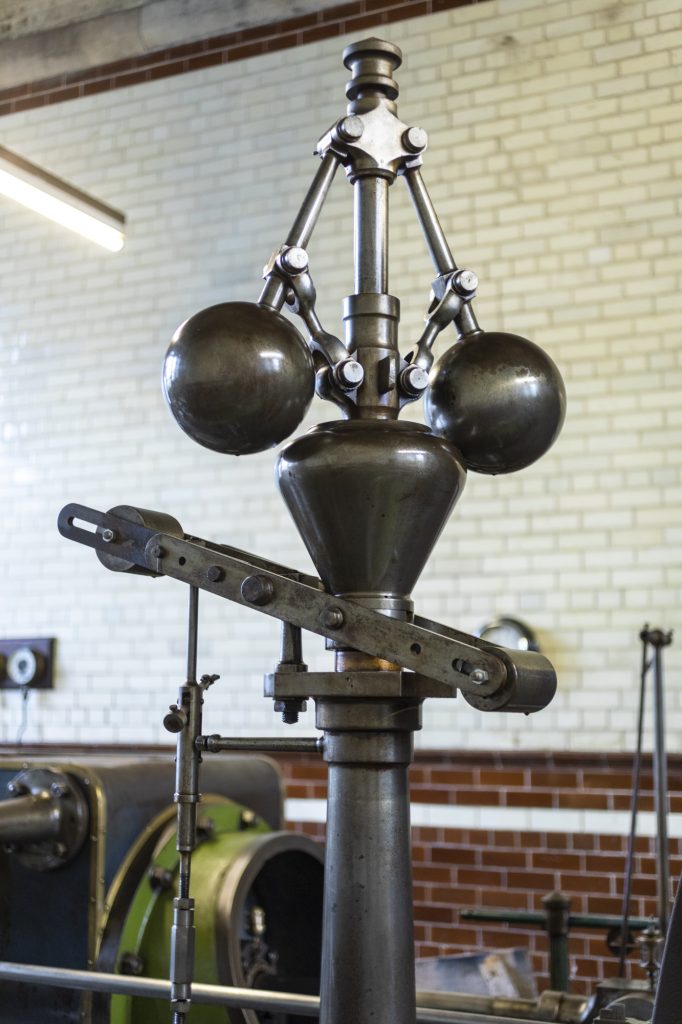
On the day I visit, I’m struck by the scale and proportion, the attention to detail, the aesthetics of the design and building form arising from the efficiency of production flow.
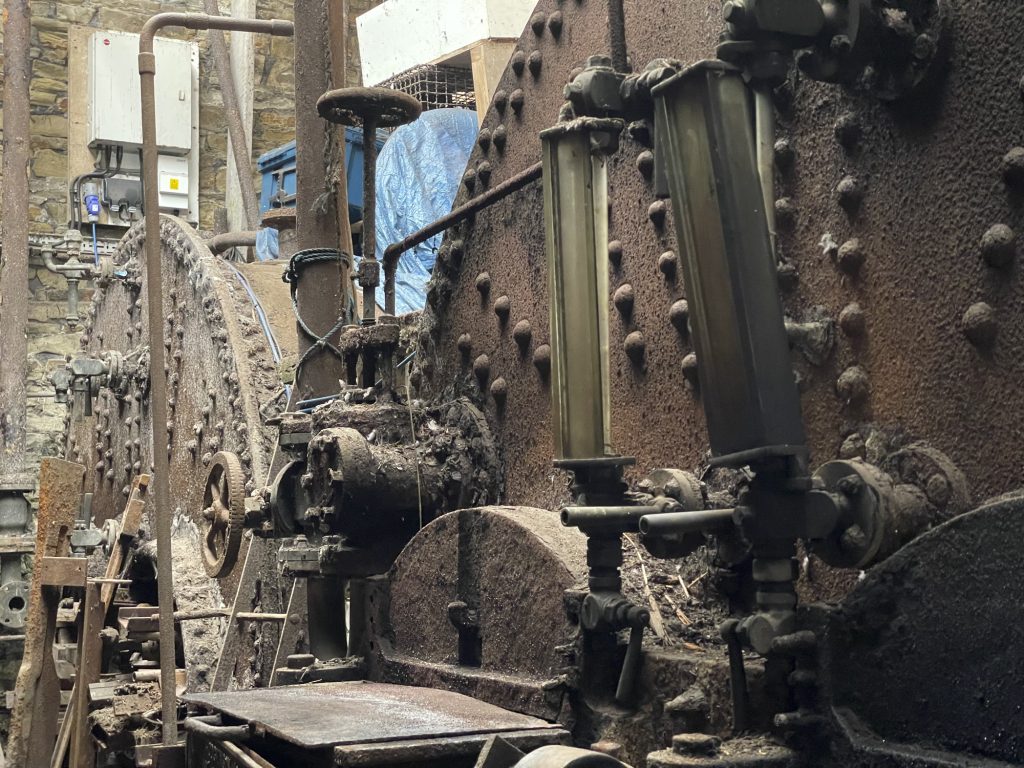
Equally, I’m drawn to the juxtapositions between the past and the present and the industrial paraphernalia.
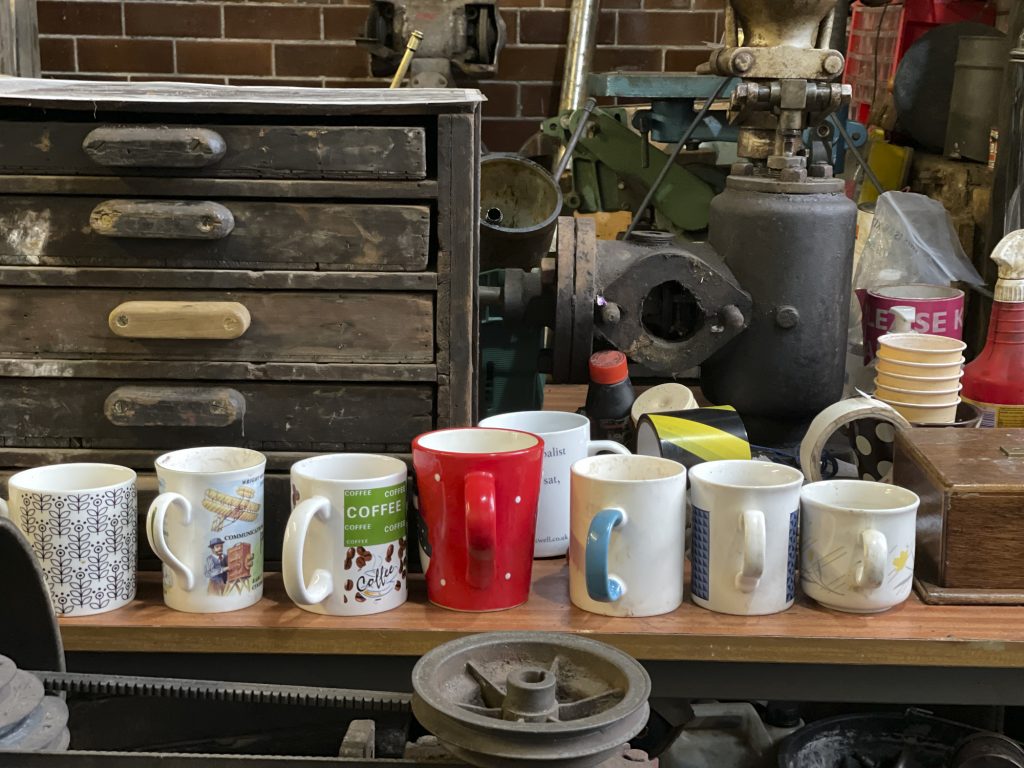
"There are far more grade II* listed medieval churches than there are mills."

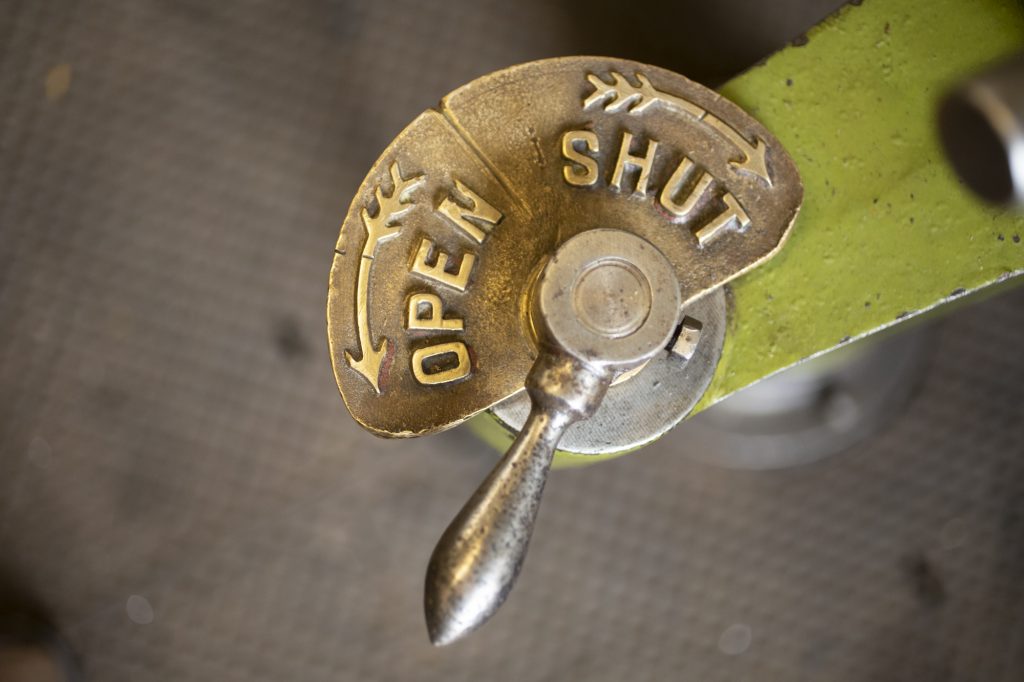
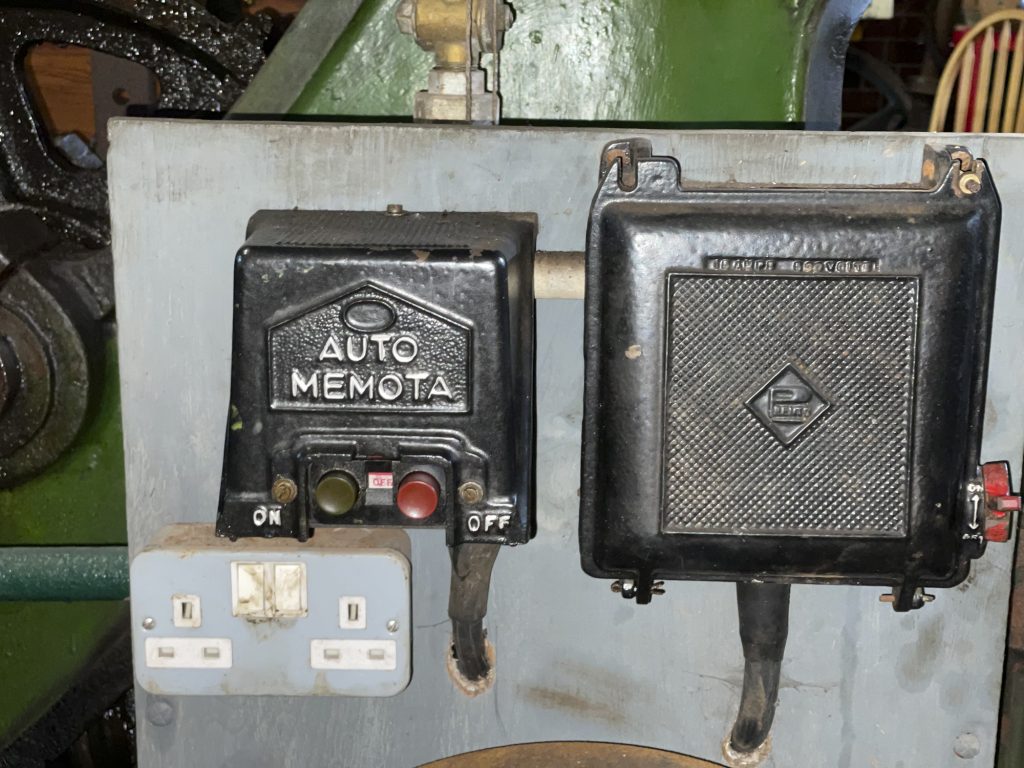
I grew up in a northern town reading books about Vikings and Anglo Saxons. I was always told that there was a paucity of material history in my home county of Lancashire. It wasn’t until I photographed this building today that the myth was dashed. Here in Haslingden is a building as priceless as any building in our most cherished national heritage.
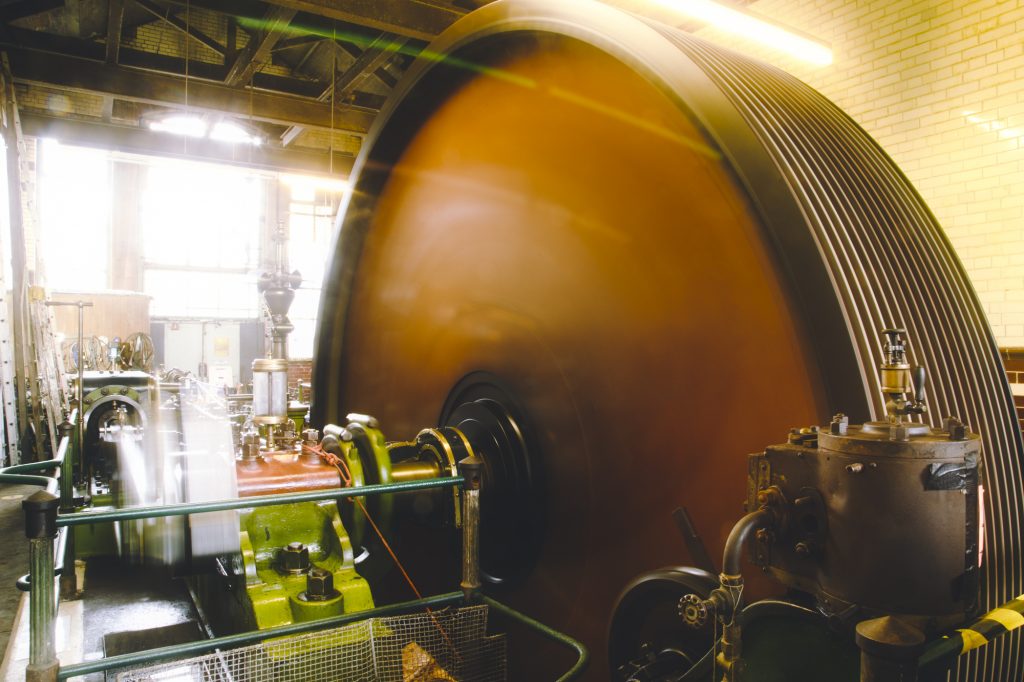
Can you help contribute to the future of this building? If so contact Grane Mill Restoration Group via its Facebook Page or by emailing pilling.looms@gmail.com.



